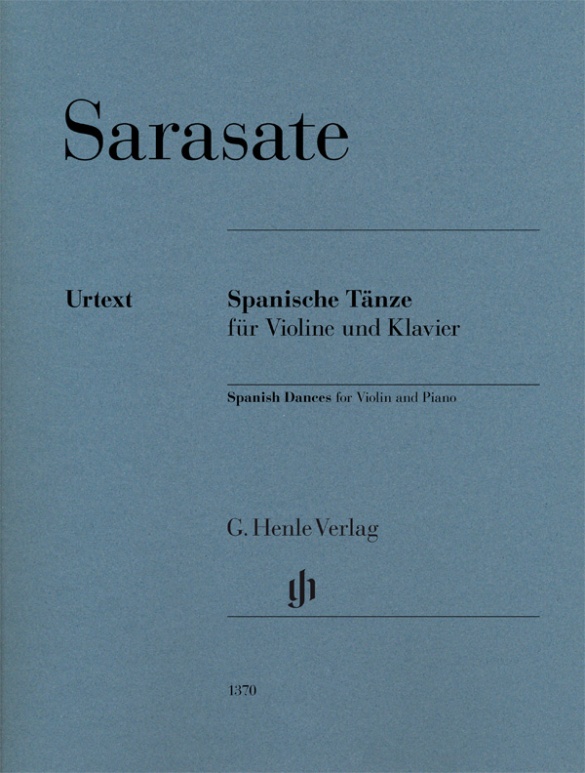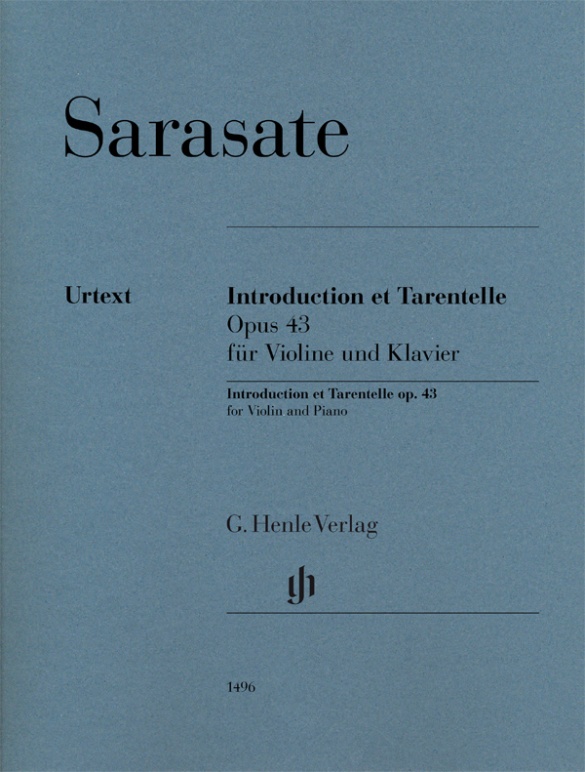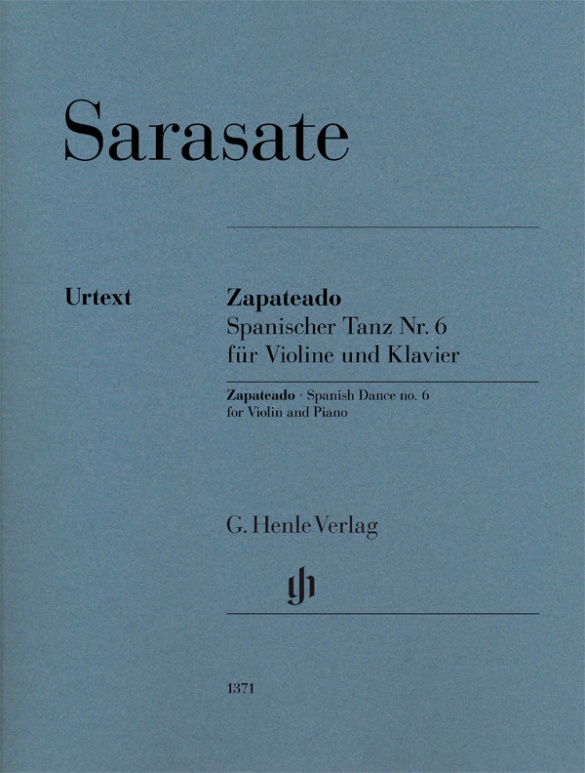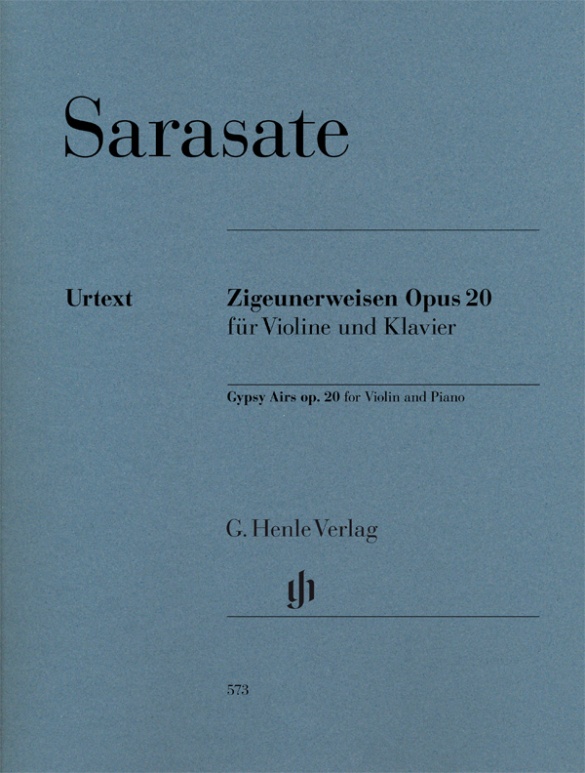

Pablo de Sarasate
Gypsy Airs op. 20 for Violin and Piano
Following Paganini’s death, numerous musicians strove to assume his position as the “devil’s violinist”, but none of them were able to do so as convincingly as the Spaniard Pablo de Sarasate. His unique violin technique enthralled the public right from the start.
So it was no surprise that Sarasate composed highly virtuosic pieces for his own use. Composed in 1877, the “Gypsy Airs” are in the form of a broadly conceived Hungarian Csárdás, exhibiting all of the refinement of breakneck violin playing. They still present a challenge to all great violinists. We were able to win over a modernday sorcerer of the violin for our Urtext edition: Ingolf Turban, who provided fingerings and bowings.
mws-henle.cms.title-works.headline
mws-henle.cms-product-detail.composer-headline
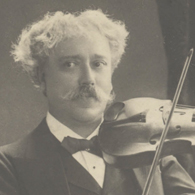
Pablo de Sarasate
A violinist and composer from Spain. During his childhood he already rose to become a celebrated virtuoso whose precise playing was described as brilliant and having a beautiful tonal quality. He was the dedicatee of world-famous violin concerti including Max Bruch’s Violin Concerto No. 2, op. 44. He himself wrote works for orchestra, including fantasies on operatic themes, as well as salon and chamber music. His musical language is characterized by folk elements.
| 1844 | Born in Pamplona on March 10. His father, the director of a military band, fosters his musical education. A child prodigy, he makes his debut as a violinist at approximately eight years of age. He studies in Madrid with Manuel Rodríquez. |
| 1856 | With the support of the Spanish court he studies violin at the Paris Conservatoire under Jean-Delphin Alard and harmony with Napoléon-Henri Reber. |
| 1857 | He is awarded the Conservatoire’s first prize in violin. |
| 1858 | He wins the Conservatoire’s first prize in harmony. |
| from 1860 | Up to 200 concerts per year take him throughout Europe, Russia, the United States, and South America. His repertoire includes the violin concerti of Beethoven and Mendelssohn. He also increasingly focuses on chamber music. |
| 1908 | Dies in Biarritz on September 20. |
mws-henle.cms-product-detail.author-headline
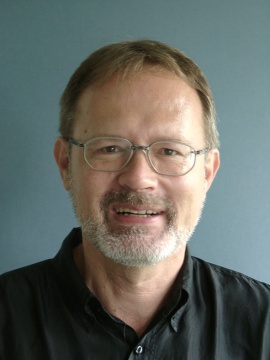
Ernst-Günter Heinemann (mws-henle.person.role.HERAUSGEBE)
Dr. Ernst-Günter Heinemann, born in 1945 in Bad Marienberg (Westerwald), completed his schooling in Gießen and read musicology, philosophy and German in Marburg and Frankfurt/Main and also for some time Protestant church music. He did his doctorate on “Franz Liszts geistliche Musik. Zum Konflikt von Kunst und Engagement”.
From 1978–2010 Heinemann worked as an editor at G. Henle Publishers (in 1978 in Duisburg, from 1979 onwards in Munich). He edited a great many Urtext editions for the publishing house, including “Das Wohltemperierte Klavier”, Volume 1 by Bach and all of Debussy’s piano works. In addition, he wrote essays on Debussy, Grieg, Liszt, Mendelssohn and questions concerning general editing, as well as giving seminars on editorial practice for musicology students in Munich.
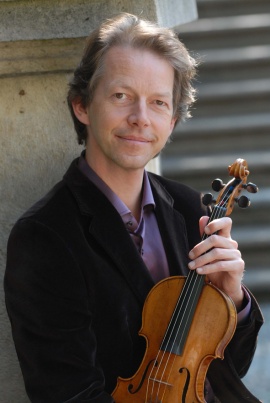
Ingolf Turban (mws-henle.person.role.FING VIOL)
Product Safety Informations (GPSR)

G. Henle Verlag
Here you can find the information about the manufacturer of the product.G. Henle Verlag e.K.
Forstenrieder Allee 122
81476 München
Germany
info@henle.de
www.henle.com
推荐
autogenerated_cross_selling
本书目其他版本
本书目其他版本


